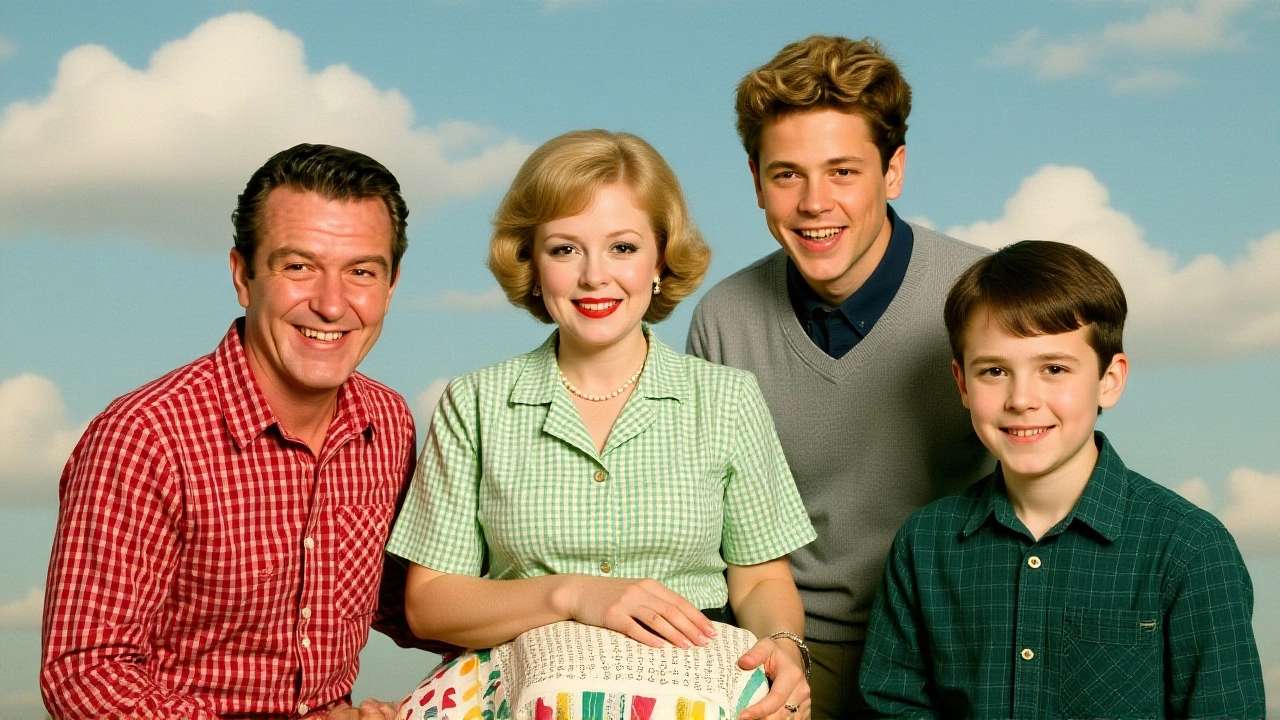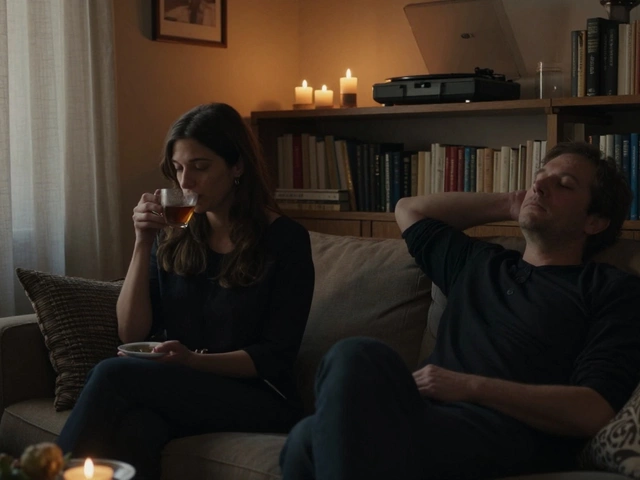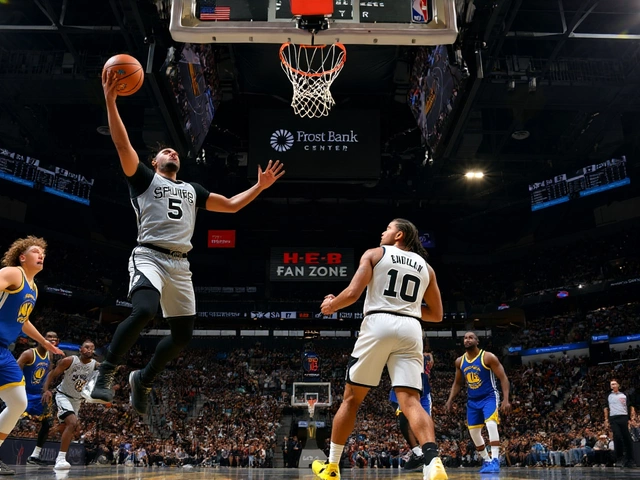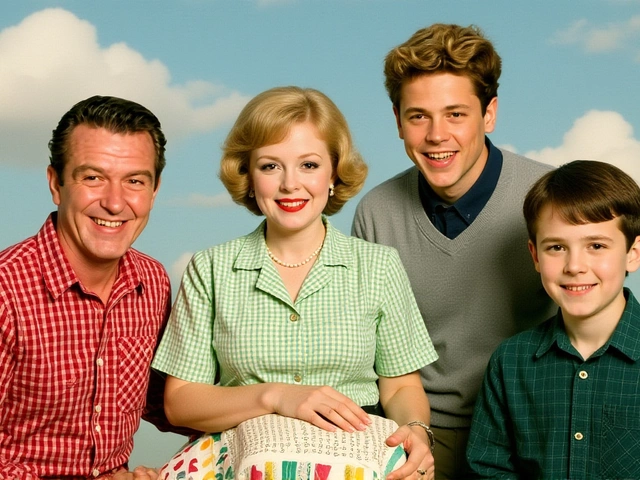When Luke 'Tiger' Fafara walked off the set of Leave It to Beaver in 1960, he didn’t get a goodbye. No letter. No explanation. Just silence. Sixty-five years later, at 80, Fafara finally broke that silence—on That's Classic in August 2025—with a quiet, matter-of-fact truth: he wasn’t under contract. And in Hollywood, that’s often all it takes.
The Character They Forgot to Protect
Fafara played Tooey Brown, Wally Cleaver’s loyal, slightly awkward best friend, in 62 episodes between 1958 and 1960. He wasn’t a lead, but he was a fixture—a kid with freckles, a shy smile, and a knack for showing up just when Wally needed a friend. By the third season, the writers had started weaving him into deeper storylines. He and Wally (played by Tony Dow) were bonding over school troubles, secret missions, and even a failed lemonade stand. Fafara recalls thinking, "I thought they would build on that." But then, the phone call came. No warning. No final scene. Just a producer saying the character was being "restructured." "It wasn’t personal," Fafara said on That's Classic. "It was just... numbers."The Budget That Broke the Boy
In 1960, CBS was expanding its lineup. New shows meant new salaries. Leave It to Beaver, filmed at Revue Studios in Universal City, California, was under pressure to trim costs. Fafara, unlike Frank Bank (Lumpy Rutherford), Ken Osmond (Eddie Haskell), or even Richard Deacon (Fred Rutherford), had no long-term agreement. He was hired per episode. That made him expendable. "If they’re going to have to let somebody go," Fafara explained, "you’re going to let somebody go that’s not contracted." He didn’t blame anyone. He understood the business. But the timing stung. He’d just turned 12. He’d been told by his agent that CBS had once considered casting him and his brother Stanley as Wally and Beaver—though he admits, "I have no idea if that’s true. I remind you it came from an agent."
A Quiet Career, A Lasting Legacy
Fafara didn’t vanish after 1960. He kept acting—guest spots on Lassie, Wagon Train, even a few commercials. But by his teens, he drifted away from Hollywood. He didn’t want to be "that kid from the show" forever. He went to college, worked in construction, raised a family in Southern California. For decades, he stayed out of the spotlight. Then came the reunions. The conventions. The fan letters. And in the 1980s, he was invited back to reprise Tooey Brown in The New Leave It to Beaver. That revival gave him closure. But it never erased the sting of being erased in the first place. "I’ve never had hard feelings with anybody there," he said. "It’s just business."Why This Matters Now
Fafara’s story isn’t just about a forgotten TV character. It’s about the invisible mechanics of old Hollywood—the child actors hired on a whim, the budgets that didn’t account for loyalty, the contracts that didn’t protect promise. Back then, studios treated kids like props. If a storyline fizzled, so did the kid. No union protections. No residuals. No safety net. Today, child actors have more rights. But Fafara’s experience reminds us how recently that changed. He wasn’t fired for being bad. He wasn’t replaced because he was too old. He was cut because the math didn’t add up—and no one thought to write him into the future.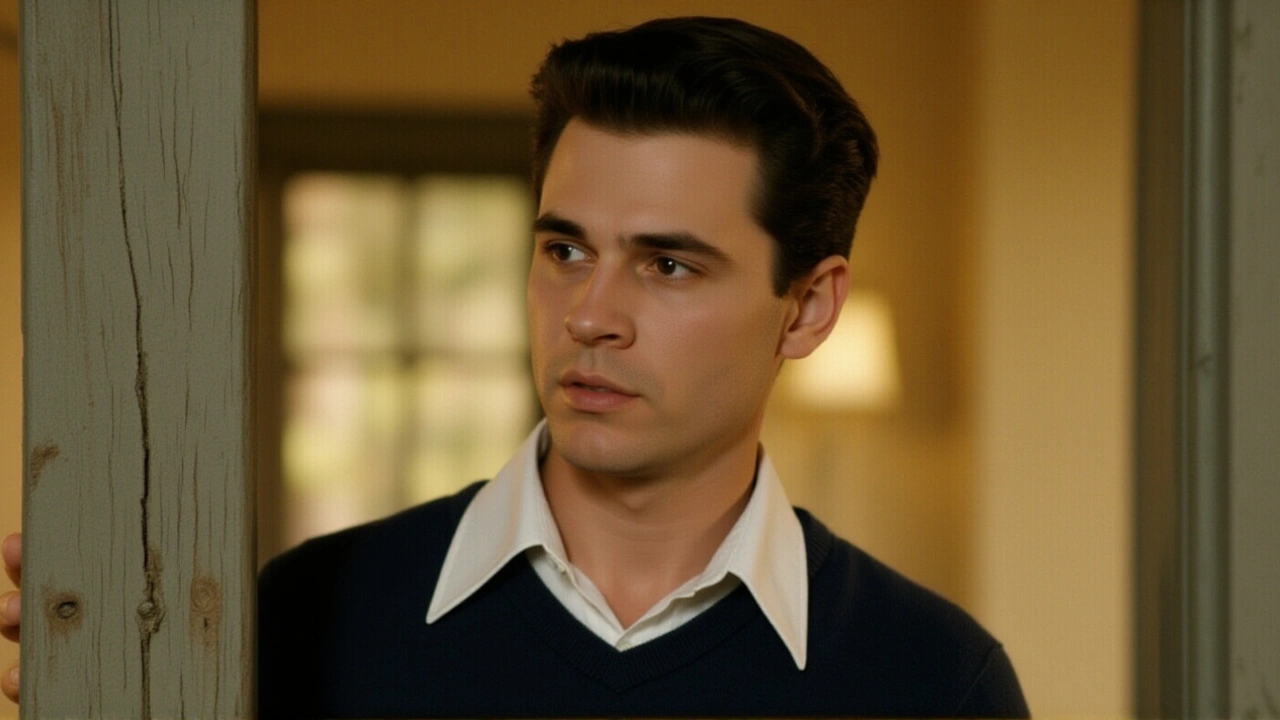
What Comes Next?
Fafara says he has no plans to write a memoir. He’s content with his quiet life. But his interview on That's Classic has already sparked renewed interest. Fans are sharing old episode clips online. A documentary producer reached out last week. And the Hollywood Heritage Museum is considering adding Tooey Brown to its 1950s TV exhibit. Maybe, just maybe, the boy who was forgotten will finally be remembered—not as a footnote, but as part of the story.Frequently Asked Questions
Why wasn’t Luke Fafara under contract like other child actors on 'Leave It to Beaver'?
Unlike core cast members such as Frank Bank and Ken Osmond, who signed long-term deals, Fafara was hired on a per-episode basis. This was common for supporting child roles in the 1950s, where studios minimized financial risk. With no contract, he was the easiest to cut when budgets tightened during season four, even though his character had developed meaningful storylines with Wally Cleaver.
Did the show’s creators ever explain why Tooey Brown was removed?
No official explanation was ever given by creators Joe Connelly and Bob Mosher or producers Robert A. Harris and William J. Keenan. For decades, fans speculated about everything from actor behavior to ratings—but Fafara’s 2025 interview is the first credible account from someone directly involved. His theory, rooted in contractual status and budget cuts, aligns with industry practices of the era.
How did Fafara’s departure affect the show’s dynamic?
Tooey Brown’s absence left a gap in Wally’s social circle. The show leaned harder into Lumpy Rutherford and Eddie Haskell as Wally’s primary peers, which shifted the tone toward more comedic, sometimes antagonistic relationships. Fafara’s character had offered warmth and quiet loyalty—a contrast that was never fully replaced, making his removal noticeable to longtime viewers even decades later.
What happened to Luke Fafara after he left acting?
Fafara stepped away from Hollywood by his late teens, pursued higher education, and worked in construction in Southern California. He avoided the spotlight but occasionally appeared at classic TV reunions. His only major return was reprising Tooey Brown in the 1980s revival, The New Leave It to Beaver. He remains private, with no public social media or recent acting roles.
Is there any chance Fafara will return to acting?
Fafara has stated he has no interest in returning to acting. He’s content with his legacy and the quiet life he’s built. However, the renewed attention from his 2025 interview has led to offers for documentaries and museum exhibits, which he’s considering as a way to honor the show’s history—not as a comeback.
Why did CBS consider casting the Fafara brothers as Wally and Beaver?
According to Fafara, an agent once told him and his brother Stanley that CBS executives considered casting them as the Cleaver brothers because they looked like real siblings. The network allegedly passed because they feared both boys might fall ill simultaneously and halt production. Fafara himself calls this story unverified, but it reflects the era’s pragmatic, sometimes cold, approach to child actors as interchangeable assets.
